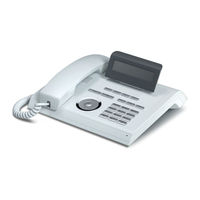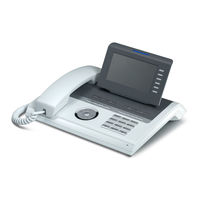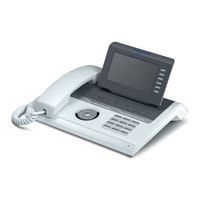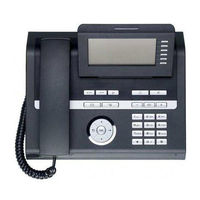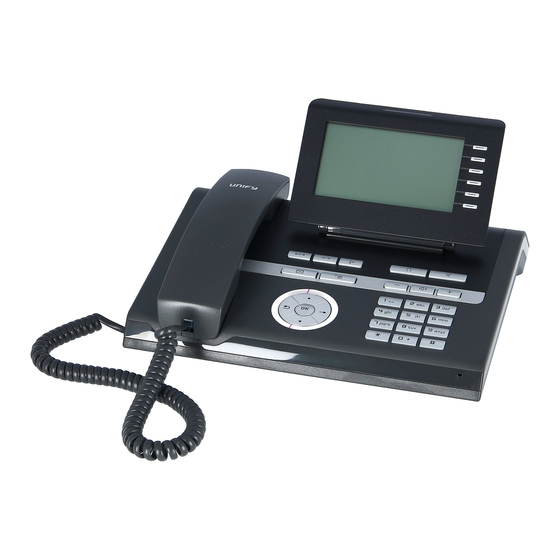
Unify OpenStage 40 Manuals
Manuals and User Guides for Unify OpenStage 40. We have 9 Unify OpenStage 40 manuals available for free PDF download: Administration Manual, User Manual, Operating Instructions Manual, Manual, Reference Manual
Unify OpenStage 40 Administration Manual (412 pages)
OpenStage SIP V3R3 for OpenScape Voice
Table of Contents
Advertisement
Advertisement
Advertisement
